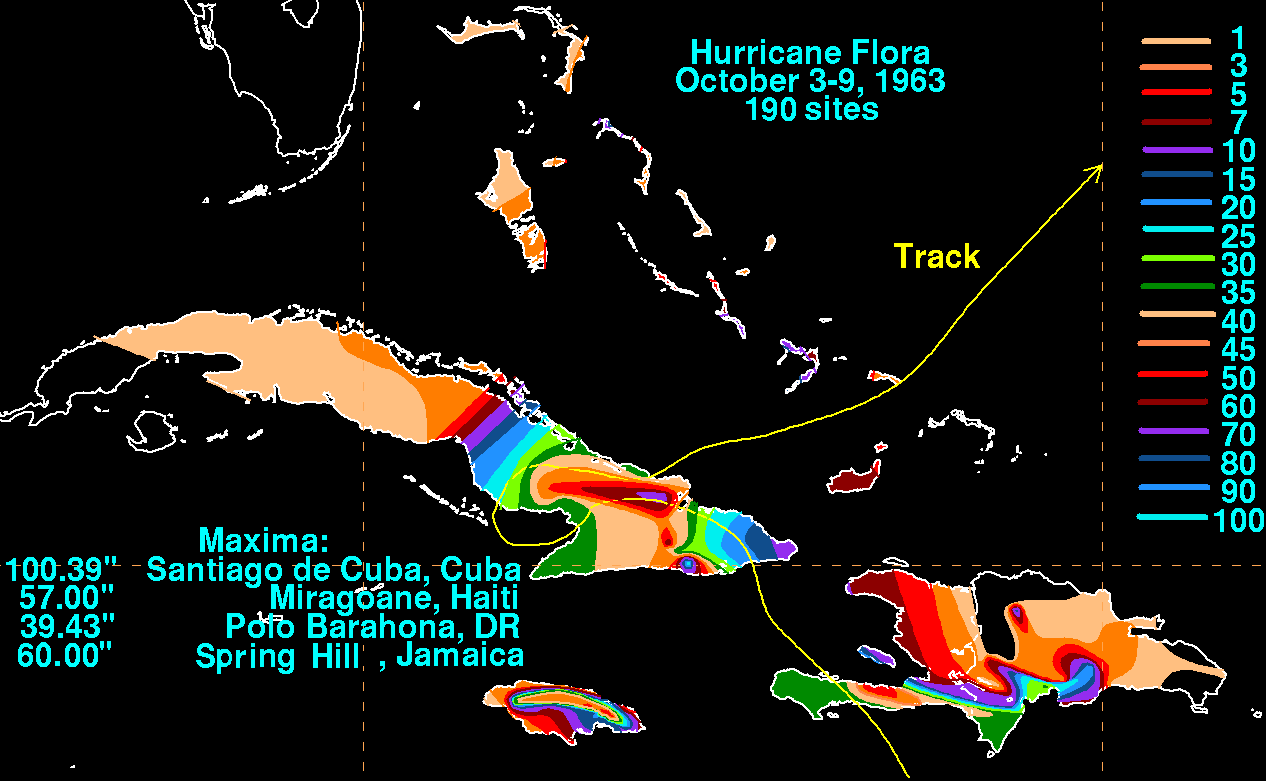|
Tropical Storm Debra (other)
The name Debra has been used for three tropical cyclones in the Atlantic Ocean. *Hurricane Debra (1959), a weak Category 1 hurricane that made its landfall in Texas *Hurricane Debra (1963), a Category 1 hurricane that never affected land *Tropical Storm Debra (1978), a short-lived tropical storm that caused minimal damages in Louisiana {{DEFAULTSORT:Debra Atlantic hurricane set index articles ... [...More Info...] [...Related Items...] OR: [Wikipedia] [Google] [Baidu] |
Tropical Cyclone
A tropical cyclone is a rapidly rotating storm system characterized by a low-pressure center, a closed low-level atmospheric circulation, strong winds, and a spiral arrangement of thunderstorms that produce heavy rain and squalls. Depending on its location and strength, a tropical cyclone is referred to by different names, including hurricane (), typhoon (), tropical storm, cyclonic storm, tropical depression, or simply cyclone. A hurricane is a strong tropical cyclone that occurs in the Atlantic Ocean or northeastern Pacific Ocean, and a typhoon occurs in the northwestern Pacific Ocean. In the Indian Ocean, South Pacific, or (rarely) South Atlantic, comparable storms are referred to simply as "tropical cyclones", and such storms in the Indian Ocean can also be called "severe cyclonic storms". "Tropical" refers to the geographical origin of these systems, which form almost exclusively over tropical seas. "Cyclone" refers to their winds moving in a circle, whirling ... [...More Info...] [...Related Items...] OR: [Wikipedia] [Google] [Baidu] |
Hurricane Debra (1959)
Hurricane Debra was a destructive tropical cyclone that developed during the 1959 Atlantic hurricane season. The fifth tropical storm and third hurricane of the season, Debra originated from the interaction of a cold-core low and a tropical wave on July 15. The system was designated a tropical depression on July 23 when it was south of Louisiana and meandered westward while it swiftly intensified into a tropical storm along the Gulf Coast of the United States. A turn towards the northwest became evident as it attained Category 1 hurricane status on the Saffir–Simpson Hurricane Scale the following day while it organized into a developed storm. As the hurricane curved northward at a slow forward speed, strength was maintained as it approached the coast of Texas as a minimal hurricane. It came ashore during the evening of July 24 local time (0000 UTC on July 25) between Freeport and Galveston, Texas. It rapidly weakened into a tropical storm and l ... [...More Info...] [...Related Items...] OR: [Wikipedia] [Google] [Baidu] |
Hurricane Debra (1963)
The 1963 Atlantic hurricane season featured one of the deadliest tropical cyclones on record in the Atlantic basin: Hurricane Flora. The season officially began on June 15, and lasted until November 15. These dates conventionally delimit the period of each year when most tropical cyclones form in the Atlantic basin. It was a slightly below average season in terms of tropical storms, with a total of ten nameable storms. The first system, an unnamed tropical storm, developed over the Bahamas on June 1. In late July, Hurricane Arlene, developed between Cape Verde and the Lesser Antilles. The storm later impacted Bermuda, where strong winds resulted in about $300,000 (1963 USD) in damage. Other storms such as hurricanes Beulah and Debra, as well as an unnamed tropical storm, did not impact land. During the month of September, Tropical Storm Cindy caused wind damage and flooding in Texas, leaving three deaths and approximately $12.5 million in damage. ... [...More Info...] [...Related Items...] OR: [Wikipedia] [Google] [Baidu] |
Tropical Storm Debra (1978)
Tropical Storm Debra was the second of two tropical storms to hit the United States in the 1978 Atlantic hurricane season. The fourth Tropical cyclone naming, named storm of the season, Debra developed from the interaction between a high-altitude cold-core low, cold low and a lower tropical wave in the Gulf of Mexico. Forming on August 25, it was upgraded to Tropical Storm Debra based on data from a Hurricane Hunter aircraft. As Debra approached the coast, it attained peak winds of 60 mph (95 km/h). The storm made landfall (meteorology), landfall on the coast of Louisiana, east of the Texas border. Two deaths were caused by the storm. Debra weakened as it moved inland and ultimately dissipated on August 29 over Arkansas. Meteorological history Debra originated in an upper-level cold-core low, cold-core low pressure system that developed over southwestern Florida in late August 1978. The low moved southwest towards the Yucatán Peninsula over the next day, a ... [...More Info...] [...Related Items...] OR: [Wikipedia] [Google] [Baidu] |


